I think it’s safe to say that mistakes in the garden happen to even the most seasoned growers among us. We think we know better, right?
But even after 13 years and thousands of plants under my belt, I still find myself taking shortcuts I sometimes wish I hadn’t.
I’ve learned a lot since my very first season of gardening, and most of it has been through trial and error. Gardening blogs weren’t as prevalent as they are now (or perhaps I didn’t know where to find them) and even then, the gardening books I turned to didn’t emphasize the common mistakes (and common-sense advice) novice gardeners need to know.
Whether you’re new at this or you’ve already got it down, we can all use a little reminder as a new season of growing gets underway!
Disclosure: If you shop from my article or make a purchase through one of my links, I may receive commissions on some of the products I recommend.
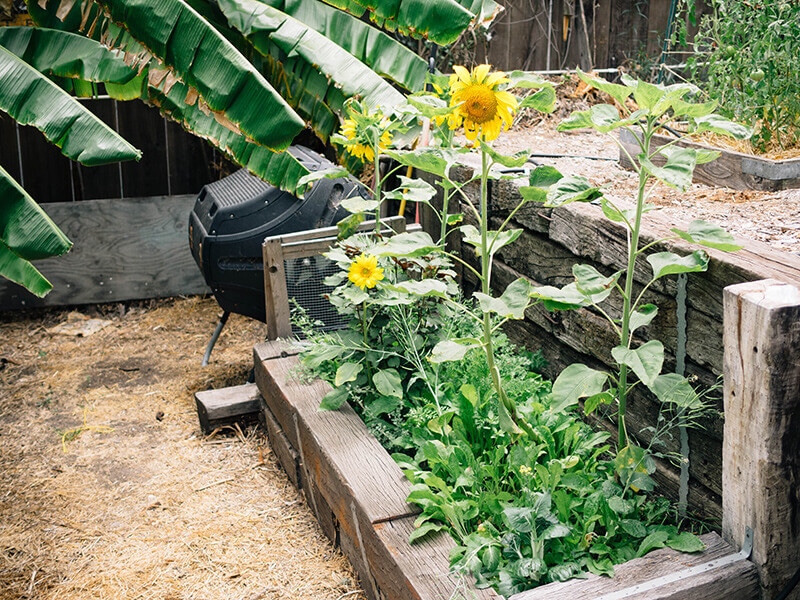
Mistake #1: Not planning ahead when it comes to layout and design.
In the beginning—after a year or so of successfully growing a few dozen varieties of vegetables—I felt confident that I could take on much more… perhaps too confident. But more vegetables meant I needed more space, so I recruited my husband to build a few new beds in the garden to house the hundreds of seedlings I’d started.
The problem was that even with a quarter-acre property, we were still somewhat limited on space because of our terraced hill. So, we installed beds in any available nook we had and that spring, the plants seemed happy in their new home.
As the season progressed, however, I realized that our deciduous plumerias had leafed out into huge flowering trees and our small banana grove had divided by leaps and bounds, shading our beds for several hours a day. I also hadn’t accounted for the fact that in winter, when the sun was lower on the horizon, our wooden fence would block all of the afternoon light.
Though I ended up relocating some of those beds, a couple of them remained where they were and I simply resigned to letting them “rest” in the winter months.
When I moved to a new property in Oregon and started building a garden from scratch, I made sure to draw out a garden plan so I could maximize the growing potential of the space.
The lesson: Make a garden plan, even if you have an existing garden.
Be aware of how the sun moves over your yard throughout the day, where your nearest water source is located, and whether one area is more prone to wind or water erosion than another.
If you have trees around your vegetable garden, keep in mind how tall they will eventually grow and how invasive their roots may become. At our old house, we had an herb bed near our 50-year-old fig tree and often pulled up tree roots when we turned over the soil!
The same goes for perennials like artichokes and asparagus. They may be small now, but they won’t stay small forever. Treat them as a permanent part of your landscaping if you want to avoid moving (or removing) them down the line.
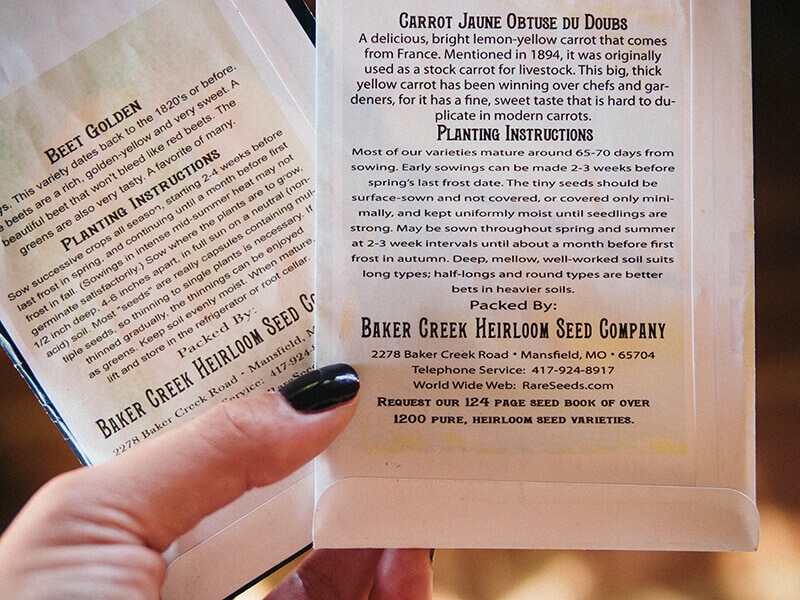
Mistake #2: Not following instructions on seed packets or plant tags.
All that fine print is full of valuable information, like how deep to sow your seeds or how far apart to space your plants. I’ll admit that I usually give the instructions a glance but decide to do my own thing… only to discover that the once spindly seedlings I’d transplanted had suddenly turned into massive heads of cabbage, crowding out all my other plants.
Read more: How far apart to plant strawberries for the biggest and juiciest berries
Don’t let those diminutive starter plants from the nursery fool you with their size! Allowing the proper spacing between your plants encourages air circulation, healthier growth, and greater yield.
The lesson: Trust the information on your tags.
This is especially important if you haven’t grown that particular plant before. I like to use the guidelines to group similar plants together by sunlight and moisture needs, making maintenance that much easier throughout the season.
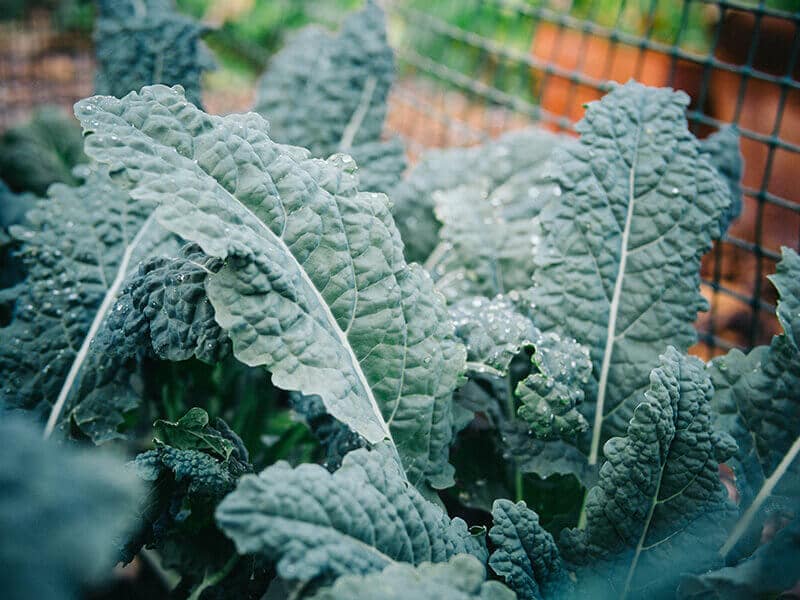
Mistake #3: Growing plants out of season.
In warmer climates like Southern California, it’s hard to grow plants “out of season” because they don’t have seasons the way the rest of the country does.
But even in Central Oregon where I live now—where our last frost date is typically late May through mid-June—nurseries fool us into thinking we can grow tomato plants in early spring or keep snap peas going through summer. (They want to sell us the same plants over and over again, right?!)
Remember that plants do have a season they favor, and if you follow their natural cycles, you’ll be rewarded with maximum production and flavor.
Take kale, for instance. Grown in hot weather, the leaves are bitter and give kale a bad rap. But left to mature over winter under a few hard frosts, kale turns surprisingly sweet. (The same is true of kale buds that develop in spring.)
If you start your plants from seed, you might also notice that some take longer to germinate and grow than others.
Yes, even seeds follow the seasons as they will only sprout when temperatures are just right. (Lettuce is one such seed that will only germinate in cool soil temps.)
The lesson: For healthy, productive plants, grow them in their appropriate season.
Not only will they taste better, they’ll require less maintenance as well. Plants tend to fall under a “warm weather” or “cool weather” category. How do you know what season they like? You can find out from the seed packets and plant tags!
Further reading: Download this custom planting calendar to find your first and last frost dates
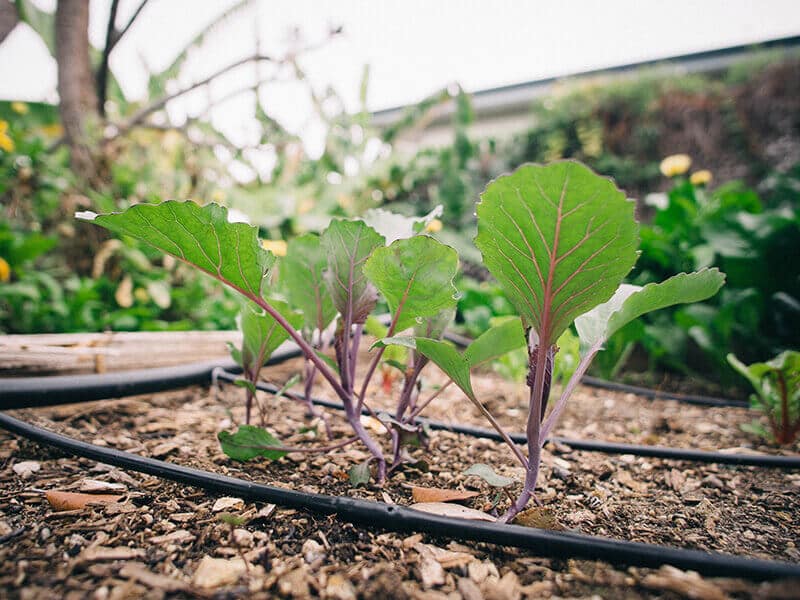
Mistake #4: Watering from above.
For the first few years, I set a sprinkler to run a few times a week or hand-watered my entire garden with a hose. All one-quarter acre of it. And I can tell you that got really, really old.
Not only was it time-consuming, it set the stage for a host of foliage diseases like allium rust on my garlic and powdery mildew on my squash.
When you water your plants from above, you run the risk of spreading fungal diseases to otherwise healthy plants. You also lose a lot of water to the leaves (which block moisture from reaching the roots) and to evaporation or wind drift. If you water late in the day, when the leaves haven’t had time to dry before sundown, you also encourage plant pests that love to nestle in damp, dark areas.
The lesson: Install drip irrigation or soaker hoses in your garden.
The best decision I ever made was installing a drip system that functioned on an automatic timer. It was initially more work to assemble, but eventually freed up my day-to-day so I could focus on other garden chores.
It took the guesswork out of how much water I needed to give my plants or whether my husband had already watered a particular bed. It also helped us conserve water, especially when combined with mulch and well-amended soil.
If you don’t have the resources to invest in a drip or soaker hose system, focus on watering your plants early in the morning and directing the water right at the roots. Allow proper spacing between your plants so air can circulate and reduce the spread of disease.
Related: These are the best soaker hoses for your garden
And most importantly, apply mulch over your soil, as it helps retain moisture and prevent fungi and bacteria from splashing onto the leaves.
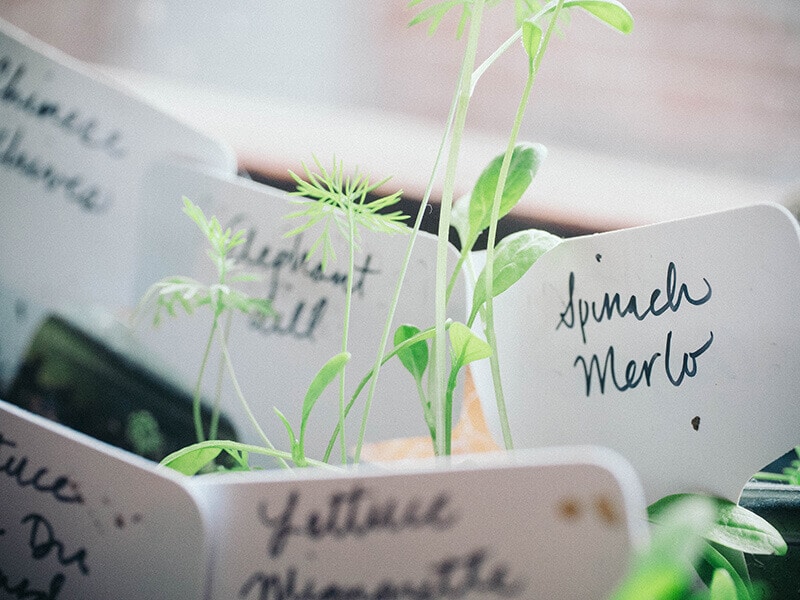
The Mistake #5: Forgetting to label plants.
I still do this—I haven’t learned at all! I forget to label the little pots I’ve started seeds in, and I forget to label the seedlings I’ve transplanted in the garden.
If I’m only growing one variety of vegetable, it’s no big deal because at this point, I can tell a mustard from a kale. But if I have a dozen different varieties of tomatoes, some determinate and some indeterminate, this can pose a problem when the plants haven’t fruited yet and I’m left wondering how and whether I should trellis them.
Read more: How to trellis your tomato plants using a Florida Weave
I also tend to toss the plant tags when I bring home a new tree from the nursery. Months later, I end up hopping online to find out how wide it spreads or when I should prune—advice that’s readily available on the tag. And what kind of lime tree was it again? Hmmm.
The lesson: Take a few minutes to label your seeds and seedlings.
If you purchase starter plants, stick those tags in the soil when you transplant them! You may find yourself needing to refer to the information later in the season.
To label plants that you’ve started from seeds yourself, this is the plant marker I swear by.
Over the years, I’ve tried many markers that claim to be outdoor-rated, weather-resistant, waterproof—even those industrial Sharpies that supposedly won’t rub off. Nope. The only marker that’s stood the test of time, through rain and sun, is this one from Staedtler.
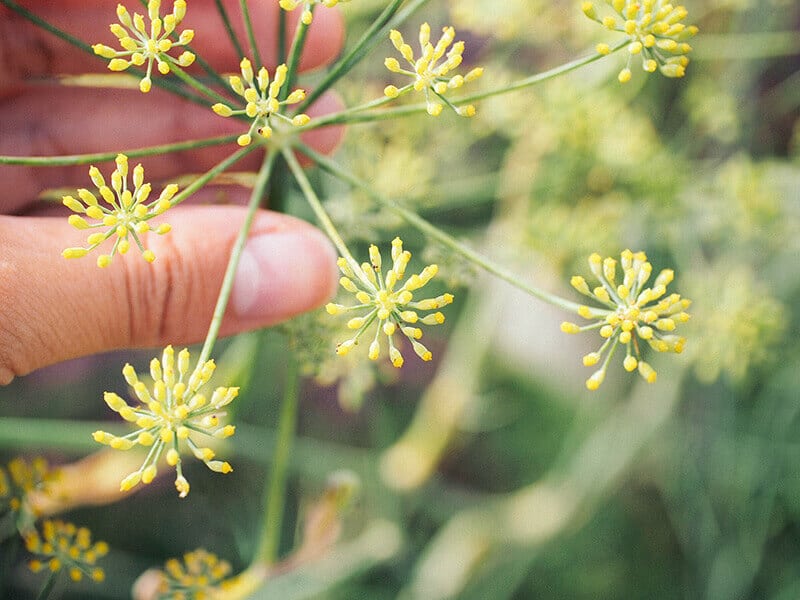
Mistake #6: Letting your plants get weedy.
When I think of weeds, I don’t think of dandelions or purslane (which are vegetables in their own right)—I think of plants that grow where they shouldn’t be growing.
Many plants without weedy reputations can make their way into unwanted areas of your yard and be incredibly difficult to eradicate once they’re established.
Read next: These common weeds and invasive plants are actually delicious
Mint is one such plant. Seemingly innocuous, deliciously fragrant, and truly a wonderful herb to grow. But if you don’t contain it in a pot, mint will spread like wildfire through your garden, producing baby mints from its runners.
Other plants, like fennel, dill, and nasturtiums, reseed so freely (and travel so widely) that you’ll find them popping up all over the place if you forget to pull them out after they’ve finished flowering. If you hate to weed, put these “weedy” plants on your watch list.
The lesson: Keep an eye on self-sowing plants.
Unless you don’t mind a field full of nasturtiums (and truthfully, I let mine reseed all over the garden because I think they’re beautiful), remember to pull your plants before the flowers have faded and the seeds have matured.
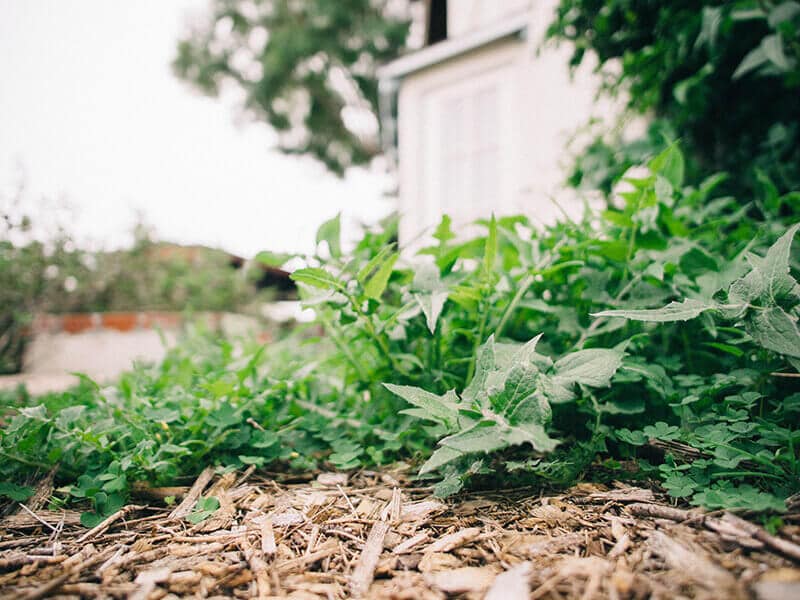
Mistake #7: Growing edible plants out of sight.
For those of you with smaller spaces, sometimes you don’t really have a choice on where you put your plants. I get that.
But when you make your garden plan, try your hardest to install your edible crop bed within daily sight, even if it means rearranging the patio furniture or extending your irrigation system.
It’s all too easy to overlook a vegetable garden if you don’t see it from your window or walk past it every day. And when your garden is “outta sight, outta mind,” you might miss peak harvesting periods, or get lazy about weeding, or catch an aphid infestation too late, or be oblivious to the raccoon that devastated all your plants in one night.
The lesson: Grow herbs and vegetables where you can see them.
Or even better, grow herbs and smaller vegetables (like salad greens) near the kitchen door where you can step out and harvest what you need, quickly and easily. The convenience will make you more likely to utilize the garden the way it was intended.
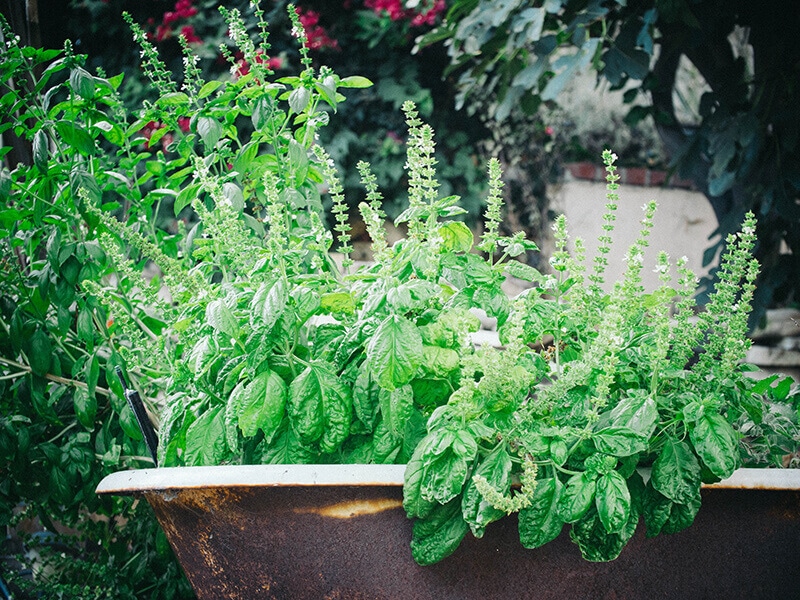
Mistake #8: Growing more than you can eat, preserve, or give away.
A lot of us are guilty of this at one point or another. We get overzealous with our gardens and justify the excess by saying it all goes back into the garden via compost, or that our chickens will clean up anything we can’t eat.
Sometimes we preserve what we can, send baskets of veggies home with friends, engage in food swaps or donate to food banks, but there will always be a banner year when we can’t keep up with what we’re growing.
No more wilted produce
Don’t let good food go to waste!
Download my Fruit & Vegetable Storage Guide for printable charts, helpful tips, and secret tricks for keeping your produce super fresh for as long as possible.
Though the compost pile is a legitimate destination for all that extra food, it still required a significant amount of resources to produce. What can we do about that?
The lesson: Start small and grow what you like to eat.
I always tell friends that they should grow the vegetables they love to eat and cook, and especially the vegetables that are expensive to buy organic (like tomatoes and peppers).
It sounds so obvious, but when you’re tempted by the enormous array of plants in seed catalogs and garden centers, you forget that you only cook on weekends or you’re the only person in the family who actually likes beans.
See more: How much to grow in a vegetable garden to feed a family
So, start small and choose wisely. You don’t need to sow a whole row of seeds if you can’t see yourself eating chard every day, and unless you really love squash, one or two plants will feed a small family for an entire season.
Certain crops (such as carrots, radishes, and lettuces) can be succession-sown throughout the season, so if you find that you’re harvesting those vegetables often, you can always plant more later.
By starting small, you can focus your time and energy into the plants you truly love to eat, rather than an entire bed of vegetables that end up bolting or wilting under neglect.
On the other hand, don’t be afraid to try a couple new varieties that you’re curious about each season, even if you don’t know how to use them yet. (Jerusalem artichokes, anyone?) After all, that’s one of the joys of having an edible garden!
This post updated from an article that originally appeared on February 24, 2016.
















My biggest mistake last year: not noticing tomato hornworms. They devastated half of my tomato plants, they are very hard to see but the easiest way to find them is to look for their droppings under your plants or on the leaves, the droppings are dark and hard to miss. Once you find their droppings just look for them directly above the droppings, you can get rid of them by either throwing them away, or even easier cutting off their heads with a pair of scissors (I know it is gross but it’s the quickest way for them to die).
Linda, this reminded me of my making all the same mistakes and gave me a cuckle. Thank you! My first veggie garden was 1971 and I had just bought my first home in SoCal. I knew this would be my home base for a few years now and I wanted to grow my own food like my parents were doing. That year I planted my artichokes too close together and against an east facing wall. Not good. I also discovered that earwigs love artichokes as much as we do. We were still able to harvest enough for ourselves and give some to our neighbors that furnished all of our chicken eggs. I got into drip systems in 1978 and have used them ever since. One of the coolest things I have come across is the Grow More Siphon Mixer. https://www.groworganic.com/products/siphon-mixer-injector. I mix up a 5 gallon pail of liquid fertilizer and the drip system waters and feeds my plants at the same time.
watering from above – check. now have a drip system
no thought to layout – check. getting there
letting mint go wild – check. now contained in pots!
Excellent! 🙂
I’ve been starting seedlings for over 20 years, and one thing I know for a fact is that you sometimes can NOT trust the packets. I have many times had packets of identical varieties from 2 different seed companies and had wildly conflicting info on them: full sun/darkness to germinate, likes warm/needs cool to germinate or grow, sprinkle on top of soil/plant up to 1/4″ deep, and on it goes. I finally started a germination sheet for each plant and kept notes of what did best how/where/when. So if you are a new grower, and things don’t do well, try the opposite. :))
True! Gardening is very much about experimentation! I’ve even had seeds from the same packet germinate under varying conditions from season to season, so you just never know.
I have made several of those mistakes – the artichokes especially!! I took a few gardening classes to avoid some typical mistakes, phew. I remember hearing “Don’t do anything for a year when you first move into a new place. Watch all four seasons, the placement of the sun and then you can determine what trees to prune and where to place your garden.” You are so right when it comes to having what you’ll want to use regularly close by. If it’s too far for me to retrieve while cooking, I’m not going to ever get it.
Ah, artichokes. I have to divide mine every year so they don’t take over the herb bed! 🙂
I’ve just come through my first season, and while I’ve had some success, I’ve also had a whole lot of disaster! Every disease and bug you could throw at it! My biggest mistake I think has been overhead watering. Looking into a drip feed system to install over winter (in sub-tropical Brisbane, Australia) and using a lot more organic muck to feed in before I sow again.
Until I had drip lines installed, I had trouble with either underwatering or overwatering my plants… the new irrigation in our garden has been a lifesaver! (Not to mention a timesaver.) Good luck next season!
Thank you for the article. I am starting my first garden this year and reading every article I can find. This was very informative for me.
Good luck with your garden! Enjoy the process!